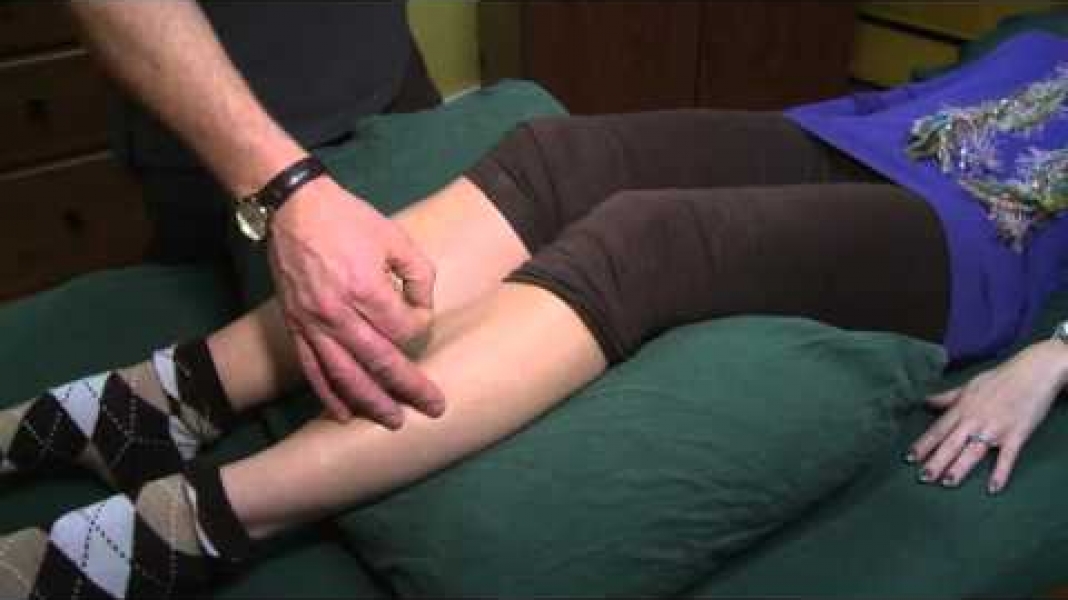

by Carl Parnham RMT
First off what is your IT Band? Well, it’s a reinforced band of fascia that is connected from the Tensor Facia Lata and Gluteus Maximus muscles down to your Tibia (shin bone). Stop right there! What is Fascia anyhow? Fascia is connective tissue. Which does just that – it connects and envelopes all muscle, organs and bones; holds them in place and supports them and allows them to function properly – AND adapts when injured or over worked.
Now back to the IT Band. This friction syndrome is about inflammation and pain, where the IT Band crosses the lateral (outside) aspect of the knee, which may then cause frequent gradual onset of pain and worsens with activity. This can happen as a repetitive strain problem with cyclists or runners – you know, training mistakes like having the seat adjusted too high, running only on one side of an angled road, or poor biomechanical dynamics such as excessive pronation (tilting inward of the foot). As the problem goes from a strain and pain to a chronic issue, fibrositic nodules (fascia clumps) may develop in the IT band. It’s trying to heal and telling you to stop doing whatever it is you’re doing. A tight IT Band rubbing over the Lateral Femoral Condyle (boney part on the outside of the knee) can cause inflammation and pain too. Activating trigger points in the Tensor Fascia Lata (a muscle above and attached to the IT Band) and the Rectus Femoral can make them shorten and then restrict circulation to possibly cause muscle weakness along the way. Also you may see a valgus deformation of the leg (bowing) or a hyperextension (a sunken knee when fully extended). These are just a few major symptoms that can be a clue to get some professional work done on your legs – that means come and see me for a starter, before you have a full blown problem you have to see your doctor or physiotherapist!
When you come to see me, I do a test to see if you may have IT Band Friction Syndrome – it is called the “Noble’s Test” (a guy named Noble described it). Here it is….
- Client lies flat on his/her back
- With the affected leg, the hip and knee are flexed to 90 degrees (Bent hip and knee)
- The therapist firmly compresses IT Band 2 inchs above the knee on the lateral (outside) aspect
- Client is instructed to slowly extend the knee and hip till it is flat on the ground while therapist is still holding the compression
- Positive sign for IT band friction syndrome may exist if client informs therapist of pain or increase of pain after half way of the extension is completed. If you are positive for this test, I would suggest you see a physiotherapist for further assessment.
Benefits of massage for this syndrome:
- Can prevent it from happening if treatment has started before pain develops
- If you do have the problem, massage can reduce Fascial (connective tissue) restrictions
- Massage decreases pain by increasing blood flow and relaxing tissues
- Re-initiate healing and full strength in muscle by restoring circulation




